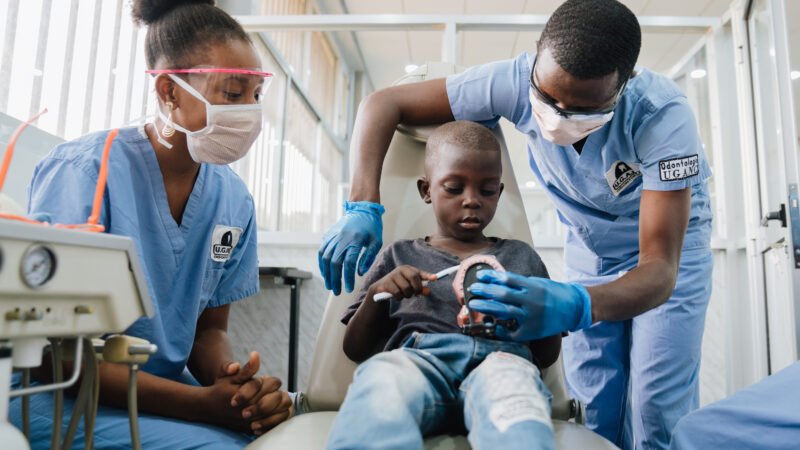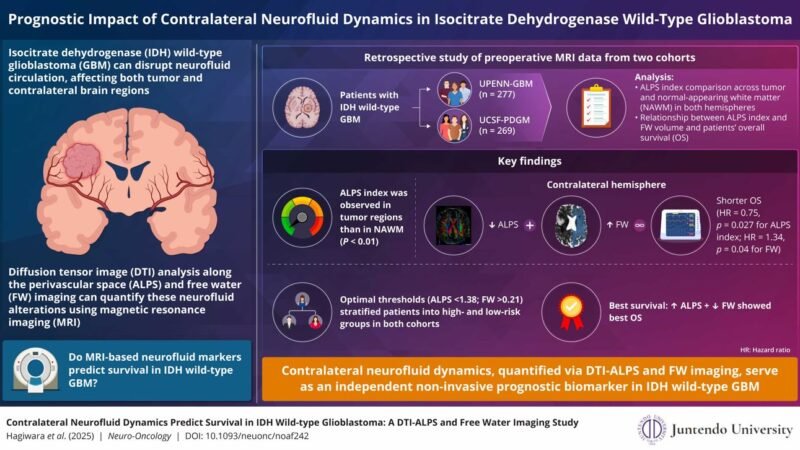AI’s Role in Lowering Reoperation Rates for Spinal Fusion Patients
Spinal fusion surgery is a transformative procedure for patients dealing with chronic back pain, often due to conditions like degenerative disc disease, scoliosis or spinal stenosis. However, despite its potential to relieve pain and improve mobility, spinal fusion surgery carries certain risks, including the possibility of complications that may lead to reoperation. Dr. Larry Davidson, an authority in spinal surgery, recognizes advancements in predictive Artificial Intelligence (AI) are helping surgeons significantly reduce reoperation rates by identifying potential issues before surgery. By harnessing AI’s data-driven approach, healthcare providers can minimize the likelihood of complications, improving both patient outcomes and surgical success.
![Spine surgery [Photo by National Cancer Institute on Unsplash]](http://ourdailynewsonline.com/wp-content/uploads/2025/03/national-cancer-institute-KrsoedfRAf4-unsplash-scaled.jpg)
Reoperation following spinal fusion is a challenging issue, impacting up to 20% of patients. Common causes of reoperation include hardware failure, improper fusion, adjacent segment disease and infection. These complications not only increase patient discomfort and prolong recovery times but also contribute to higher healthcare costs.
Traditionally, surgeons have relied on clinical experience and diagnostic imaging to assess the likelihood of complications. While effective, these methods can be limited, as they do not always account for the complexity of each patient’s health profile.
AI is changing this by providing a comprehensive, data-driven solution that complements a surgeon’s expertise. By identifying subtle patterns in patient data, predictive AI models help clinicians assess individual risk factors that might otherwise go unnoticed. This shift toward AI-assisted analysis allows for a more precise approach, reducing the need for additional surgeries and supporting better patient outcomes.
Predictive AI Models: A Solution for Preventing Complications
Predictive AI models offer a valuable solution to the reoperation challenge by analyzing a vast array of patient-specific data. These models consider a range of factors—including imaging results, medical history, genetics and lifestyle habits—offering a more complete view of each patient’s unique risks. This approach goes beyond traditional analysis, identifying risk patterns that may not be immediately evident in standard clinical evaluations.
For instance, AI models can analyze bone density to predict the likelihood of hardware failure or assess immune health to gauge infection risk. This level of insight allows surgeons to take proactive measures, such as adjusting surgical techniques or recommending preventive treatments, to address potential issues before they arise. With these targeted interventions, surgeons can help ensure a smoother recovery and reduce the chances of reoperation.
Key Factors Considered by Predictive AI Models
AI predictive models evaluate several critical factors in assessing a patient’s reoperation risk. These include:
- Bone Quality and Healing Potential: Bone quality is essential for successful spinal fusion, as strong bones are necessary to support the implanted hardware. AI can assess bone density and healing potential, helping surgeons determine if a patient’s bones can sustain the fusion without risk of hardware failure or improper fusion.
- Surgical Hardware Compatibility: The type of hardware used in spinal fusion is a key factor in the surgery’s success. AI models evaluate how various hardware options interact with a patient’s anatomy, providing surgeons with data-driven recommendations on the most compatible choices for each case.
- Post-Surgical Healing Predictions: AI can predict a patient’s post-surgical healing rate based on their medical history and biological markers. For patients who may experience slower recovery, AI can guide surgeons to implement closer monitoring and customized rehabilitation plans to support optimal healing and avoid complications.
- Risk of Adjacent Segment Disease: Adjacent segment disease, which affects areas of the spine near the fusion site, is a common reason for reoperation. AI models can assess the risk of this condition by evaluating the surrounding vertebrae and suggesting surgical approaches that minimize stress on adjacent segments, potentially preventing further degeneration.
These comprehensive evaluations enable surgeons to create highly personalized surgical plans, reducing the likelihood of complications and reoperation.
Benefits for Surgeons and Patients
Integrating AI into spinal fusion surgeries offers notable benefits for both surgeons and patients. For surgeons, predictive AI provides a thorough, data-backed risk profile, enabling a more customized surgical approach. This precision reduces uncertainty in decision-making, helping surgeons plan each procedure with confidence that they have considered every relevant factor. The insights provided by AI also help surgeons refine their techniques, resulting in a more effective and safer procedure.
Additionally, AI’s capacity to analyze vast amounts of data allows it to identify patterns and risk factors that may be overlooked in traditional evaluations, offering a new layer of preventive insight.
Patients benefit significantly from AI’s predictive capabilities, as these models help minimize risks and improve recovery outcomes. By understanding potential complications and having a tailored surgical plan, patients experience fewer post-surgical issues, faster recovery times and a reduced likelihood of needing a second surgery.
Furthermore, AI-driven personalized care empowers patients by keeping them informed throughout the process, helping them feel more involved in their own recovery journey. The transparency and accuracy offered by AI helps set realistic expectations, allowing patients to approach their surgery with greater confidence and trust in their healthcare provider’s expertise.
The Future of Predictive AI in Spinal Surgery
As AI technology continues to advance, its role in spinal fusion surgery is expected to grow. Future AI models may incorporate even more specific data, including genetic information, to further personalize risk assessments and treatment plans. Additionally, AI could eventually integrate with robotic-assisted surgery to provide real-time guidance, helping surgeons make even more precise adjustments during procedures.
AI’s predictive capabilities are likely to expand beyond identifying reoperation risks, potentially offering insights into long-term spinal health. As AI algorithms learn from each new surgery and recovery outcome, they become increasingly accurate, enhancing their ability to support surgical planning and improve patient outcomes.
Dr. Larry Davidson states, “AI will provide us with the ability to have a total and comprehensive understanding of a patient’s medical history, helping us identify the best practices for spinal interventions.” AI cannot replace the expertise of skilled surgeons; it is an invaluable complement that strengthens decision-making in the complex field of spinal surgery. By reducing the need for reoperation, AI helps both surgeons and patients achieve successful results with fewer complications. As this technology progresses, it is poised to make spinal fusion surgeries safer, more effective and better tailored to individual patient needs, representing a major leap forward in personalized medicine.



